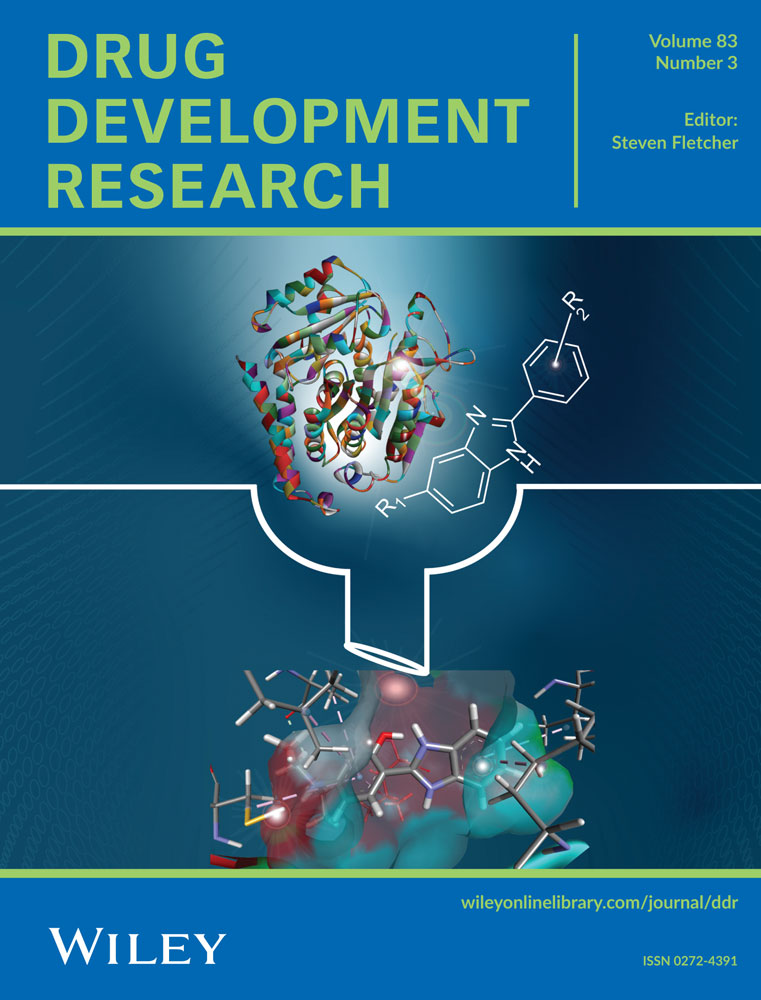Flavoxanthin Binds to AGR2 to Mediate Fatty Acid Oxidation and Reinforce Anoikis in Lung Adenocarcinoma
Abstract
Traditional Chinese medicine (TCM) can not only alleviate symptoms in cancer patients and improve their life quality but also serve as an adjuvant therapy to reduce the toxic side effects of chemotherapy and radiotherapy, making it a hot topic in anti-tumor drug development in recent years. This project was designed to probe into the small molecular Chinese medicine components with targeted effects on lung adenocarcinoma (LUAD) and further reveal their mechanisms. Based on The Cancer Genome Atlas dataset analysis of anterior gradient-2 (AGR2) expression in LUAD, Autodock docking and scoring were employed to screen small molecular drugs that bound to AGR2. The gene set enrichment analysis was utilized to analyze enriched pathways of AGR2. By utilizing the cellular thermal shift assay, the binding relationship between Flavoxanthin and AGR2 was validated. The expression of AGR2, long-chain acyl-CoA synthetase (ACSL1), and carnitine palmitoyltransferase 1A was detected by reverse transcription-quantitative polymerase chain reaction. The cell counting kit-8 was leveraged to determine the half maximal inhibitory concentration (IC50) and cell viability. Levels of fatty acid β-oxidation were measured, and BODIPY neutral lipid droplet staining was employed to evaluate fatty acid oxidation (FAO) intensity. The degree of anoikis was assessed by flow cytometry to detect apoptosis and western blot to detect anoikis-associated proteins. The immunohistochemistry was employed to measure the levels of Ki67 and Caspase-3. Tunel was applied to the detection of cell death. The result showed that flavoxanthin bound to highly-expressed AGR2 to reinforce anoikis in LUAD cells. Overexpression of AGR2 facilitated FAO inhibition of anoikis in LUAD. Flavoxanthin eliminated the promoting effect of AGR2 overexpression on FAO and restored the anoikis of LUAD cells. Animal experiments revealed that Flavoxanthin suppressed the malignant progression of LUAD through AGR2-mediated FAO. In conclusion, Flavoxanthin hinders FAO and boosts LUAD anoikis by targeting AGR2. These findings suggested that Flavoxanthin may be a novel option for intervention and treatment of LUAD, representing an instrumental advancement of small molecular components of TCM in modern oncology.




 求助内容:
求助内容: 应助结果提醒方式:
应助结果提醒方式:


